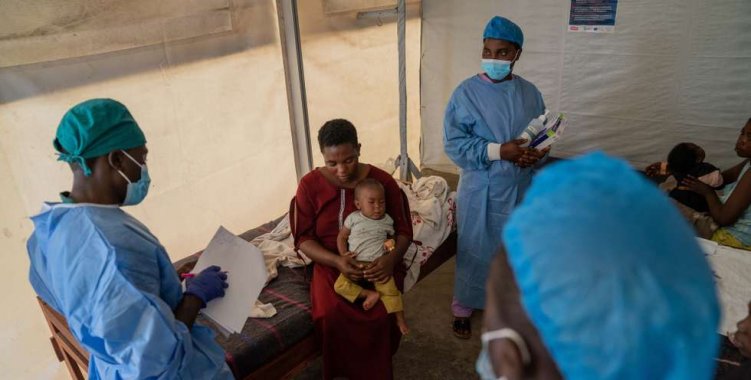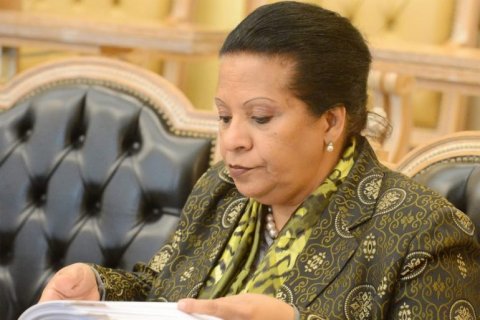"Based on the laboratory results, it is clear that this is primarily malaria," said John Kaseya, director-general of the Africa Centres for Disease Control and Prevention (Africa CDC), at the monthly online press conference.
"In this case, we are clear. We are not talking about hemorrhagic fever, we are talking about malaria aggravated by malnutrition and other problems," Kaseya said.
According to the African Union (AU) public health agency, based in Addis Ababa, the capital of Ethiopia, 2957 suspected cases of the disease, including 58 deaths, have been recorded in five villages in Equateur province: Ekoto, Lilangi, Lisafa, Basengela and Bafumba.
According to the agency, the probable causes are malaria itself, suspected food or water poisoning, influenza and typhoid fever.
The main symptoms included fever, chills, headache, myalgia (muscle pain), sweating, rhinorrhea (nasal congestion), stiff neck, cough, vomiting, diarrhea and abdominal cramps.
Last year, in the southwestern province of Kwango, which borders Angola, another unknown disease caused at least 891 cases between late November and mid-December, including 48 deaths.
After laboratory analysis, these cases suggested a combination of seasonal respiratory viruses and malaria complicated by malnutrition, the World Health Organization (WHO) concluded in December.







